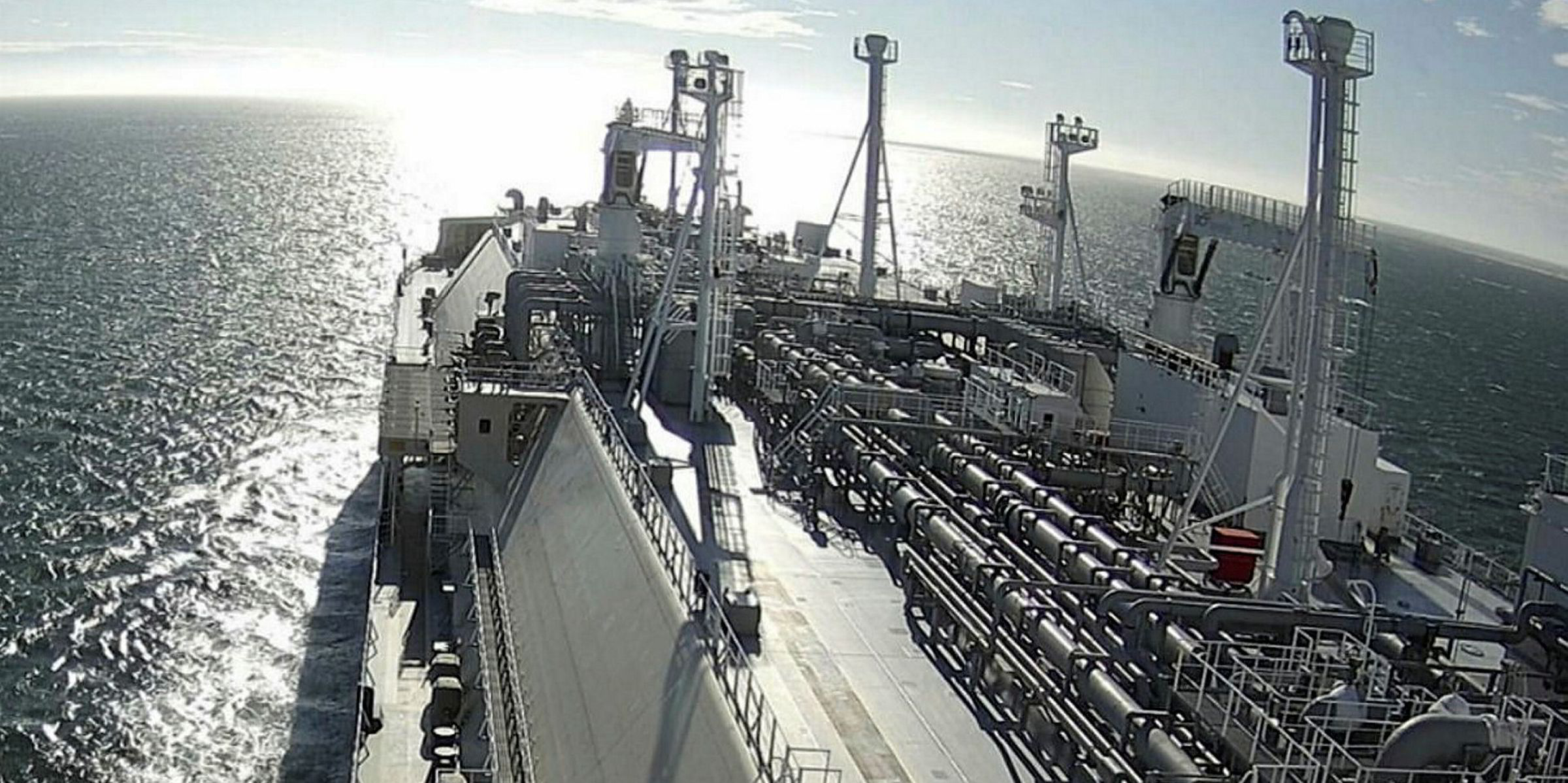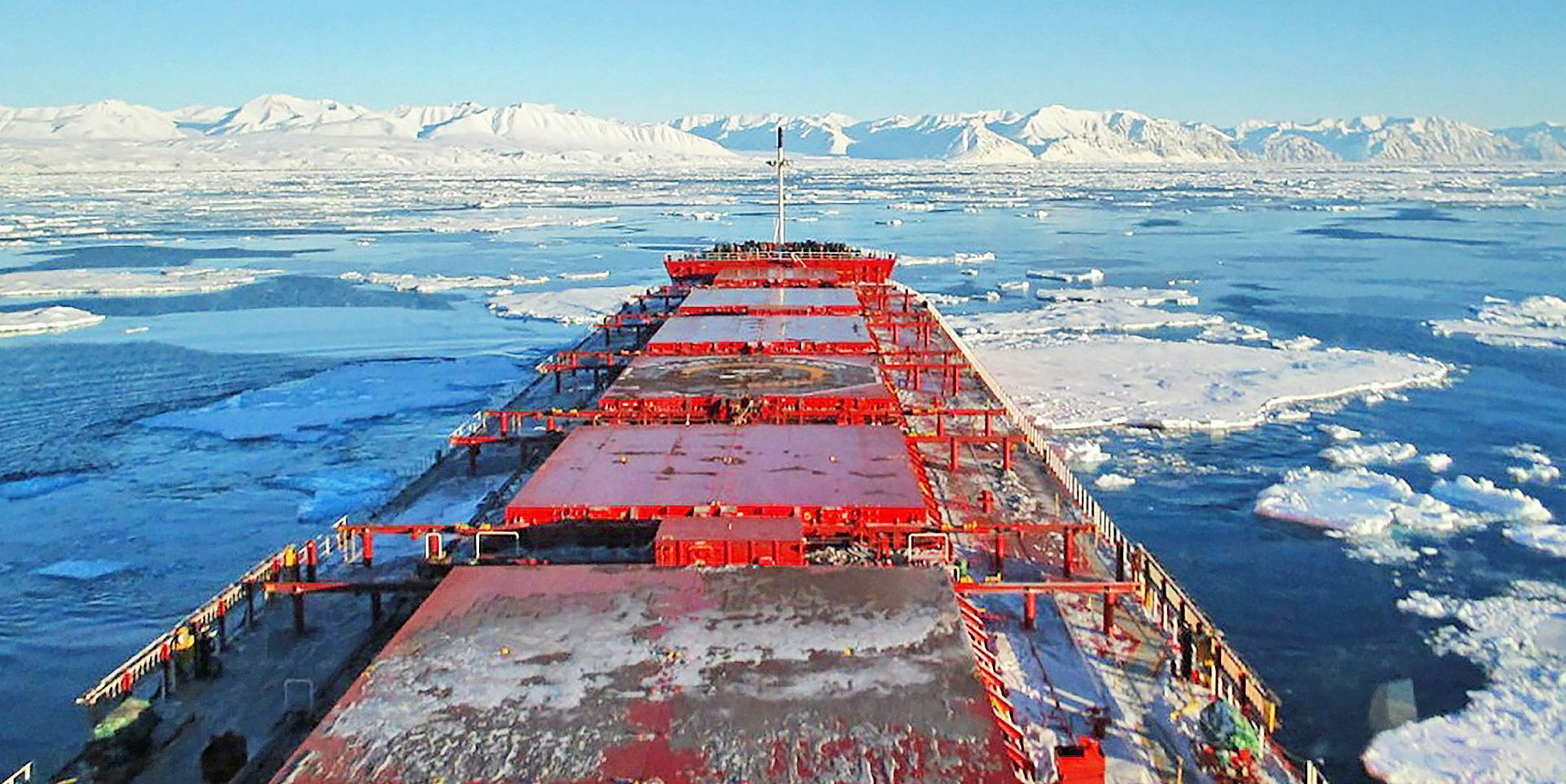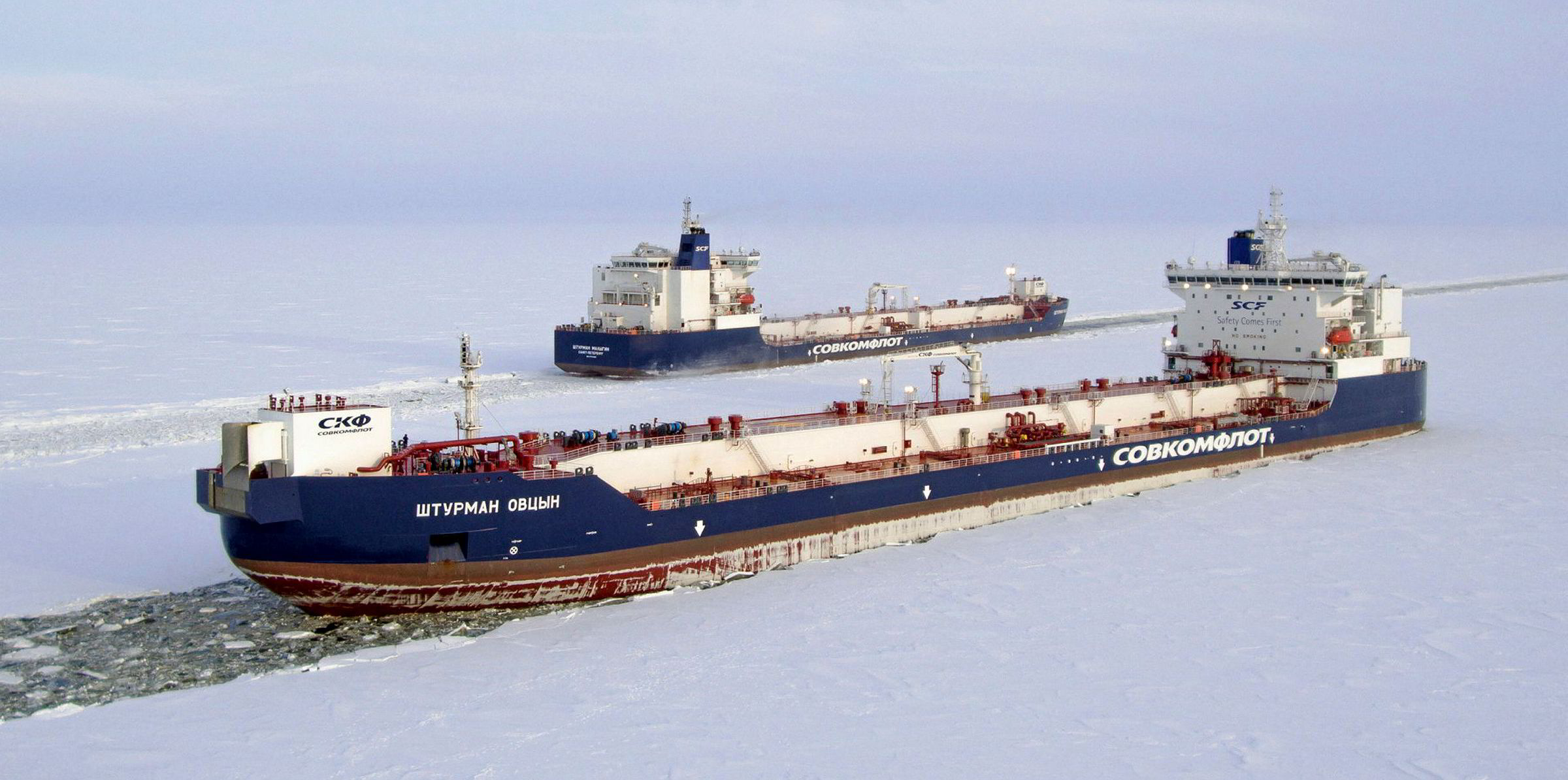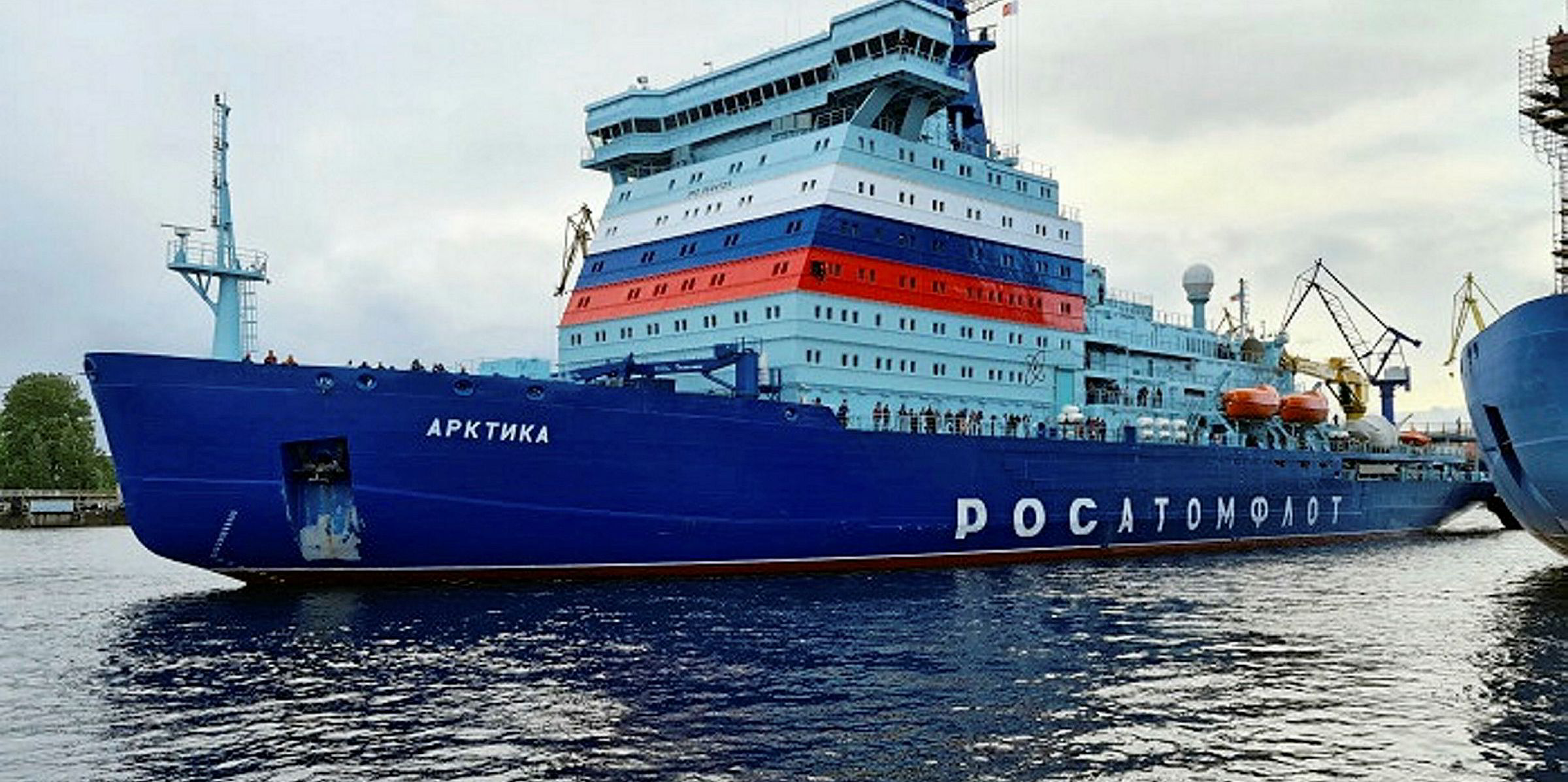Six Arc7 LNG carriers were recorded making their way through the Arctic waters of the Northern Sea Route (NSR) at one point this month.
A shipping data analyst was prompted to ask if this was a record.
Russian sources following NSR LNG exports responded that the waters to the far north of Russia had been “like Piccadilly Circus” — a reference to the people and road traffic that, in normal times, swirl around the famous London landmark.
It is all relative.
Eikland Energy data service iGIS/LNG records that to date — including tests for ship-to-ship transfers at Kildin Island — there have been 16 eastbound and 15 westbound passages of the specialised ice-breaking Arc7 LNG carriers.
Passage packing
LNG shipments through the NSR have tended to attract attention.
Russia is trying to monetise its Arctic gas reserves, and opening up the northerly passage for commercial shipments shaves off more than a third of the sailing time to Asia over a comparable voyage via the Suez Canal.
Russian energy company Novatek — the lead developer in the Yamal LNG project — has detailed round-trip sailing days from the Yamal and Gydan peninsulas to China at 38 days, compared with 65 days via the Suez Canal.
But it is not just LNG traffic that is increasing in the region.
With three months of 2020 remaining, Russia’s Northern Sea Route Administration (NSRA) has recorded more than 900 applications to transit NSR waters to date this year and granted permission to 845 vessels.
Both specialised Arc7 LNG carriers and their conventional lower ice-class cousins appear on the list along with Russian tonnage, some are related to the marine traffic associated with the new liquefaction projects and others to localised commodity shipments.
But other foreign-registered vessels are also starting to make more appearances on the roll call.
Among these are other bulk and container vessels from Cosco Shipping, Golden Ocean Group, Oldendorff Carriers, Nordic Bulk Carriers and boutique cruiseships such as Ponant’s 250-passenger Le Boreal (built 2010).
While activity is rising in the region, and Russia is putting its policies into action to open up Arctic shipping through the NSR, this year's warm summer has helped put those plans into practice.
Ice melt
The National Snow and Ice Data Center in the US said this month that the Arctic has recorded its warmest summer on record.
The extent of sea ice in the whole Arctic region shrank to just 3.74m square km (1.44m square miles), which is the second lowest seen since satellite observations began in 1979. Before this, the lowest logged was 3.27m square km in 2012.
The figure is almost half the average sea ice cover of 6.7m square km recorded for the period from 1979 to 2000.
The Alfred Wegener Institute (AWI) said one of the causes was that thin sea ice was formed along the Russian coast last winter, as offshore winds swept new ice north. This then quickly melted in the spring.
In addition, “extremely high air and water temperatures” — 6C above the long-term average — caused widespread melting of the ice from above and below.
Breathtaking
The AWI quoted professor Markus Rex, the expedition leader on board the German research ice breaker Polarstern (built 1982), as describing this year’s Arctic sea-ice retreat as “breathtaking”.

“Just a short time ago, when we reached the North Pole, we could see broad stretches of open water reaching nearly to the pole, surrounded by ice that was riddled with holes produced by massive melting,” Rex said. “The Arctic ice is disappearing at a dramatic rate.”
The melt has alarmed pressure groups.
The Clean Arctic Alliance, which comprises 20 international non-profit organisations, is campaigning for a ban on the use and carriage of heavy fuel oil by shipping in the Arctic, and has called on governments to take urgent action to curb warming of the region.
No-go
Some shipping companies, such as French boxship owner CMA CGM, have already said they will avoid the NSR.
But Yamal Trade, which undertakes the cargo shipping operations for Novatek-led Yamal LNG, seems to have been quick to take advantage of the early melt.
In May, the Arc7 fleet’s flagship — the 172,600-cbm Christophe de Margerie (built 2017) — made an eastbound transit of the NSR, a full two months ahead of when ships would normally make the first voyages through the passage. It was accompanied by an ice breaker but did not require its assistance.
The 2,563 nautical mile (4,746 km) voyage from Yamal’s Sabetta LNG terminal to the Bering Strait at the eastern extent of the NSR took 12 days.
But in June, iGIS/LNG tracking data showed a second Arc7 LNG vessel moving eastbound taking a shore-hugging route, both early in its voyage and towards the easterly end of the NSR, which shaved an apparent four days off the passage time.
Year-round
As part of its strategic plans, Russia has said it wants to see the NSR opened to commercial shipping year-round from 2024.
But shipping sources within the country expect this to be in place much sooner with trial winter voyages scheduled for the coming winter, when the passage would normally be closed to shipping.
Speaking during a meeting of the NSR Public Council, which he chairs, Sovcomflot non-executive chairman Sergey Frank said: “Together with Rosatom and Novatek, we are currently discussing a late voyage across the NSR in February, and most certainly, the experimental voyages programme will continue in 2021."
While some meteorologists are forecasting a colder winter season this year, Russia will unlikely be deterred from its ambitions.
This month, the country saw the delivery of the world’s largest nuclear-powered ice breaker. The Arktika is the lead vessel in Russia’s Project 22220 for five new ice breakers, which are due for delivery in the period to 2026. A further three Leader-class ice breakers are being ordered under the country’s Project 10510.









